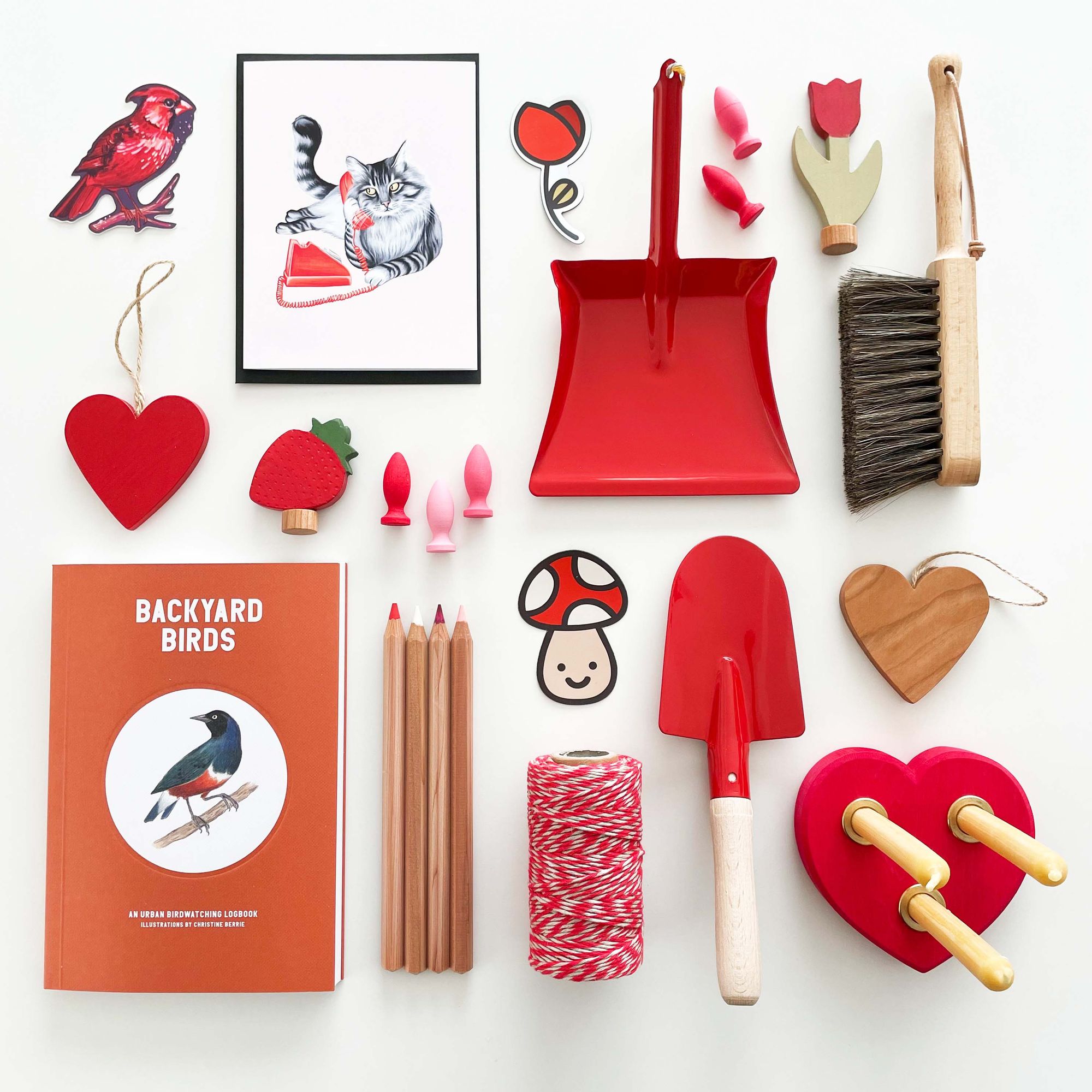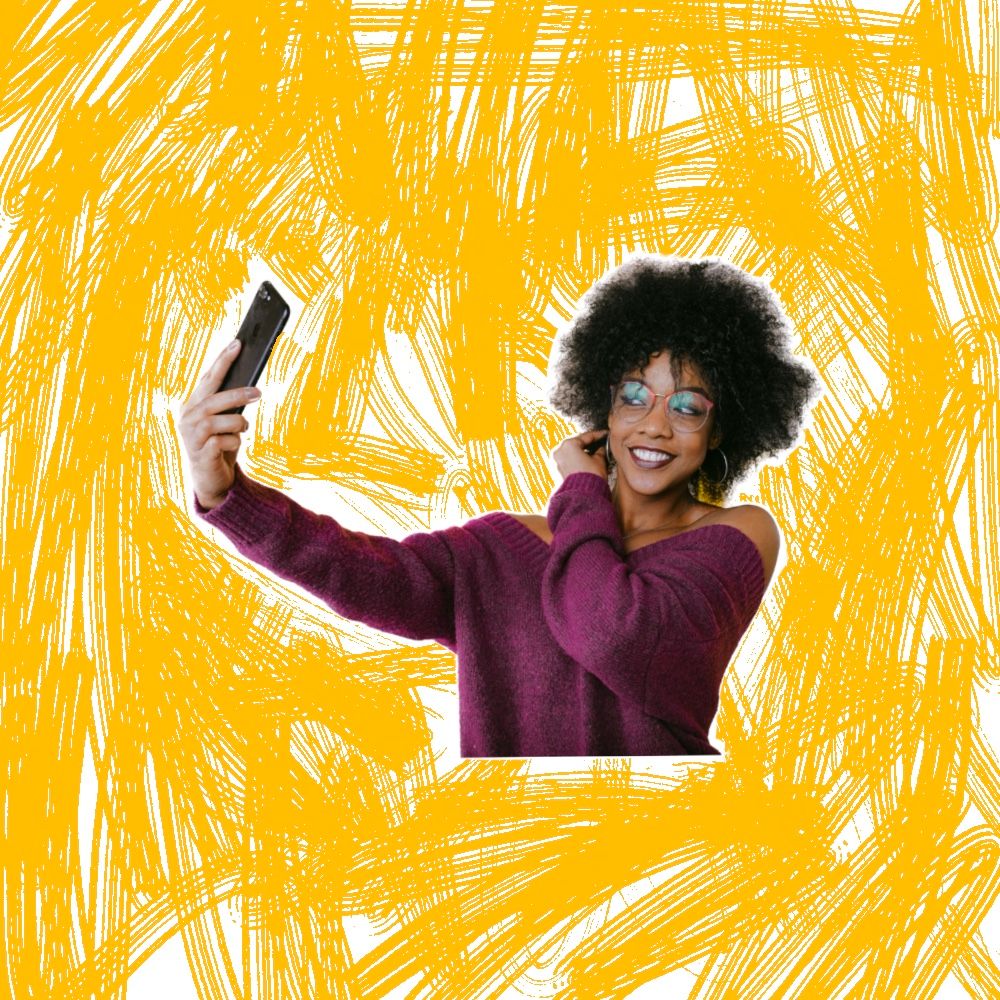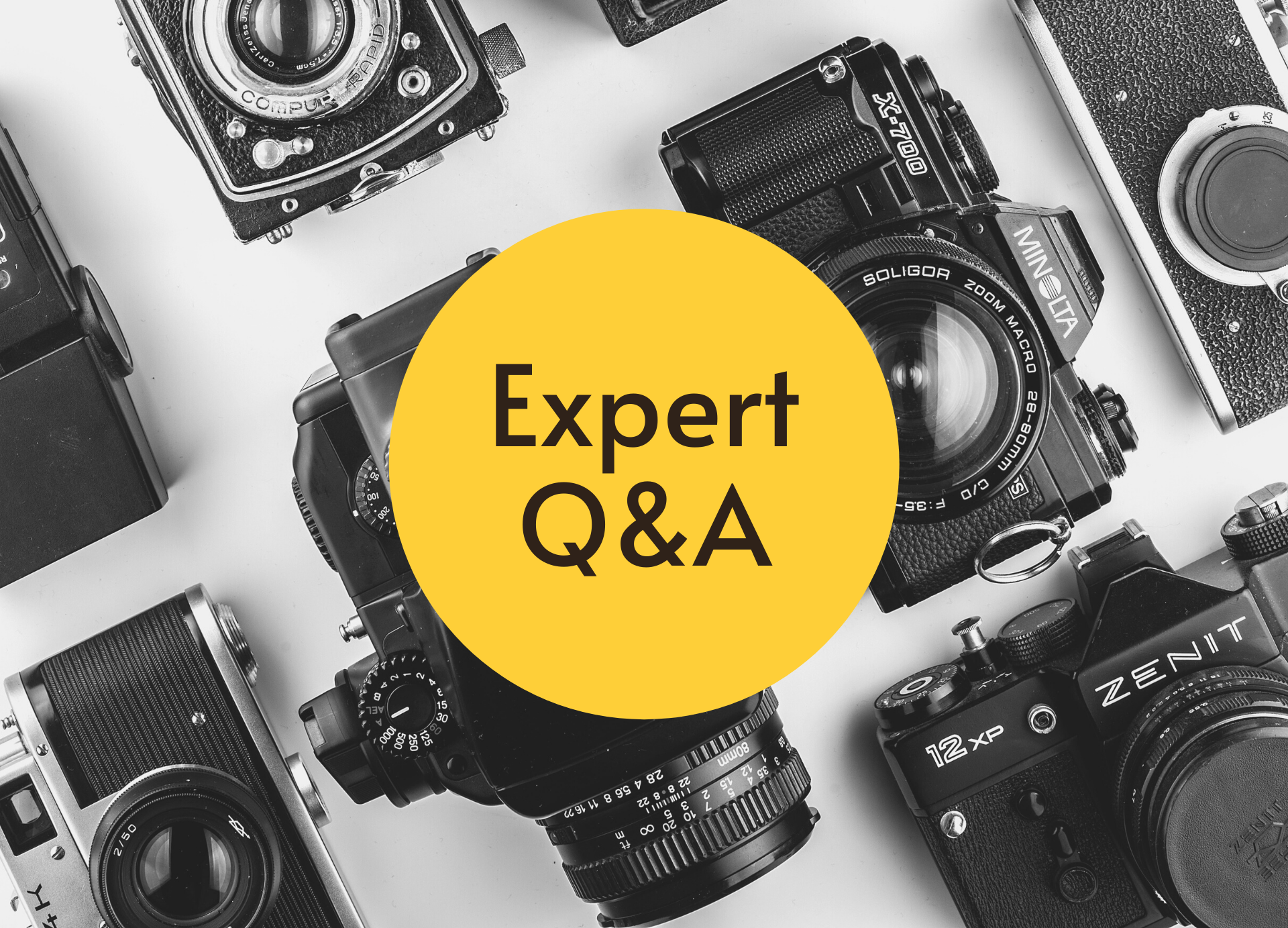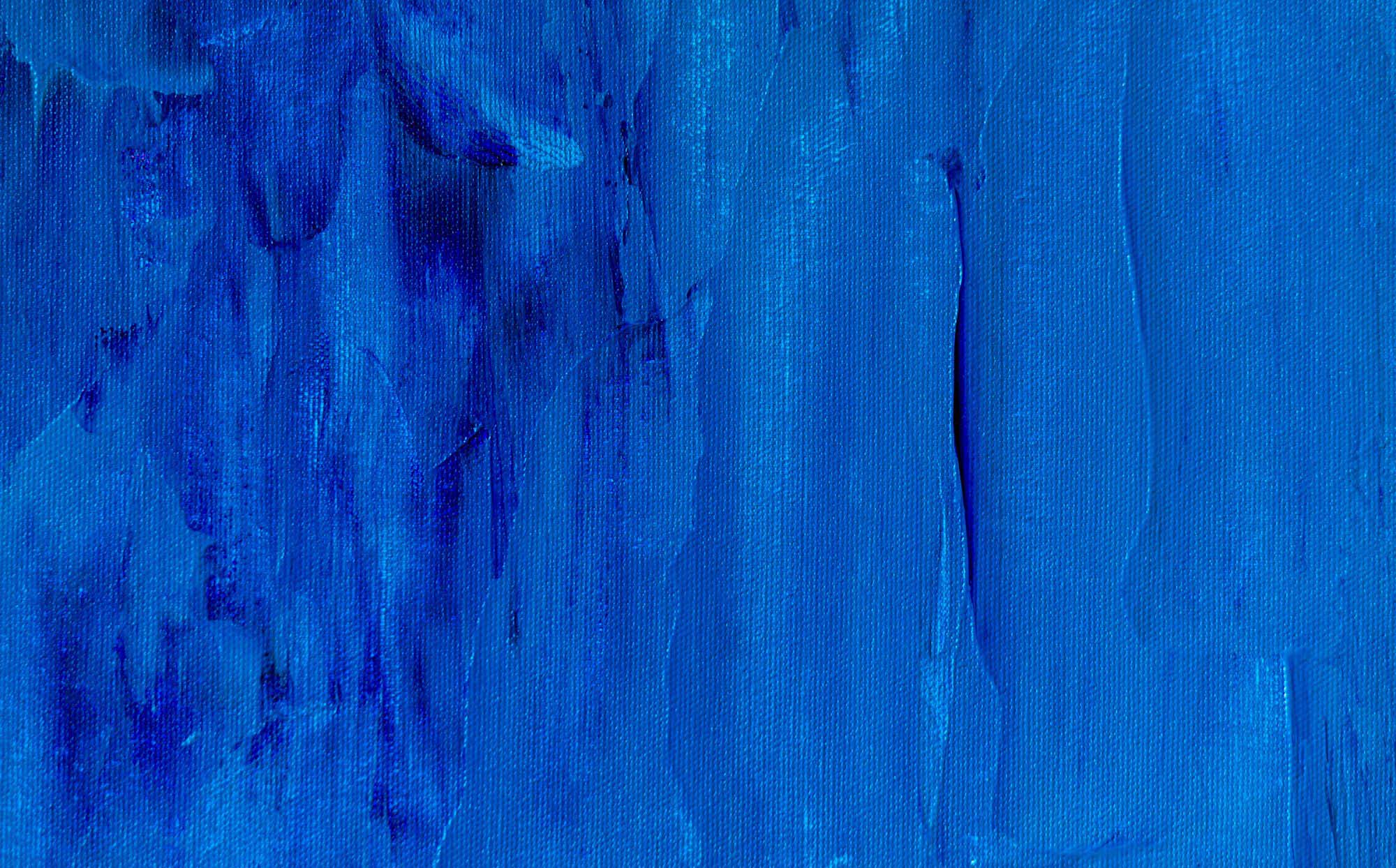We adore a look behind the curtains, so when Ontario retailer Kinsfolk Shop Instagrammed their flatlay setup a little while ago, we wanted to know more. It looked simple but effective, which is pretty much what we're all always looking for, right?
To dig deeper, we chatted with co-owner Tiu Tabak, whose multifaceted role includes doing all the business's photography. Here's what she told us.
Workshop: How long have you doing the flatlays like that?
Tiu Tabak: Pretty much since the beginning [when the store opened almost five years ago]. But I don't have most of the old ones up anymore because I look back and I'm like, oh, that's not really good. It's weird to see how far they've come in terms of what I have in the photos and how the lighting was. And because I only use my phone, back when I started I had a way older phone, so it's cool to see the quality improvements in terms of the technology I'm using.
W: Do you have a tripod or any other accessories?
TT: I don't like using my tripod because you can see one of the legs when I have it set up in a bird's-eye view. So I use my hand and make it as straight as possible, and then I'll edit it later.
For a backdrop, right now I have a big white MDF sheet. It was left over from a kitchen cabinet installation in my office building. I just have a white one for now — I feel like it looks best with the rainbow products that I mostly carry.
I've been wanting to experiment with some textured boards. I've seen a sort of panelling at Home Depot. But I feel like it's specific and you'll know when I keep using the same background unless it's a plain white one. So I'm partial to the white.
W: When it comes to choosing the products and laying them out, what are some of the things you think about?
TT: Initially, if you scroll back on my Instagram really far, it was really plain. Everything was very monochromatic and kind of boring. But now it's super vibrant. I go as colourful as I can to make use of the white background so it really pops.
I play around a lot. I'll take maybe five or six different products, and I'll lay them out and play with them until the balance is more cohesive and I have good spacing between all the products. That's an important one for me, so it's not all clumped in one corner, or these two are too close together and there's too much spacing around everything else.
I'll take a bunch of photos and then I'll start editing them and see. If I should have moved one [item] over a bit more, I move it again. It's really just playing around until I'm happy with the look of it.
Sometimes I actually measure the spacing between products when I'm laying them down. Not centimetres, but I'll take a pen or something and make sure the spacing is the same between everything. And I'll take a picture to make sure it looks even in the photo, because even if you've laid everything out and it looks even, it might not actually look like that in the photo. You have to play around with things after you've taken the photo as well, not just beforehand.
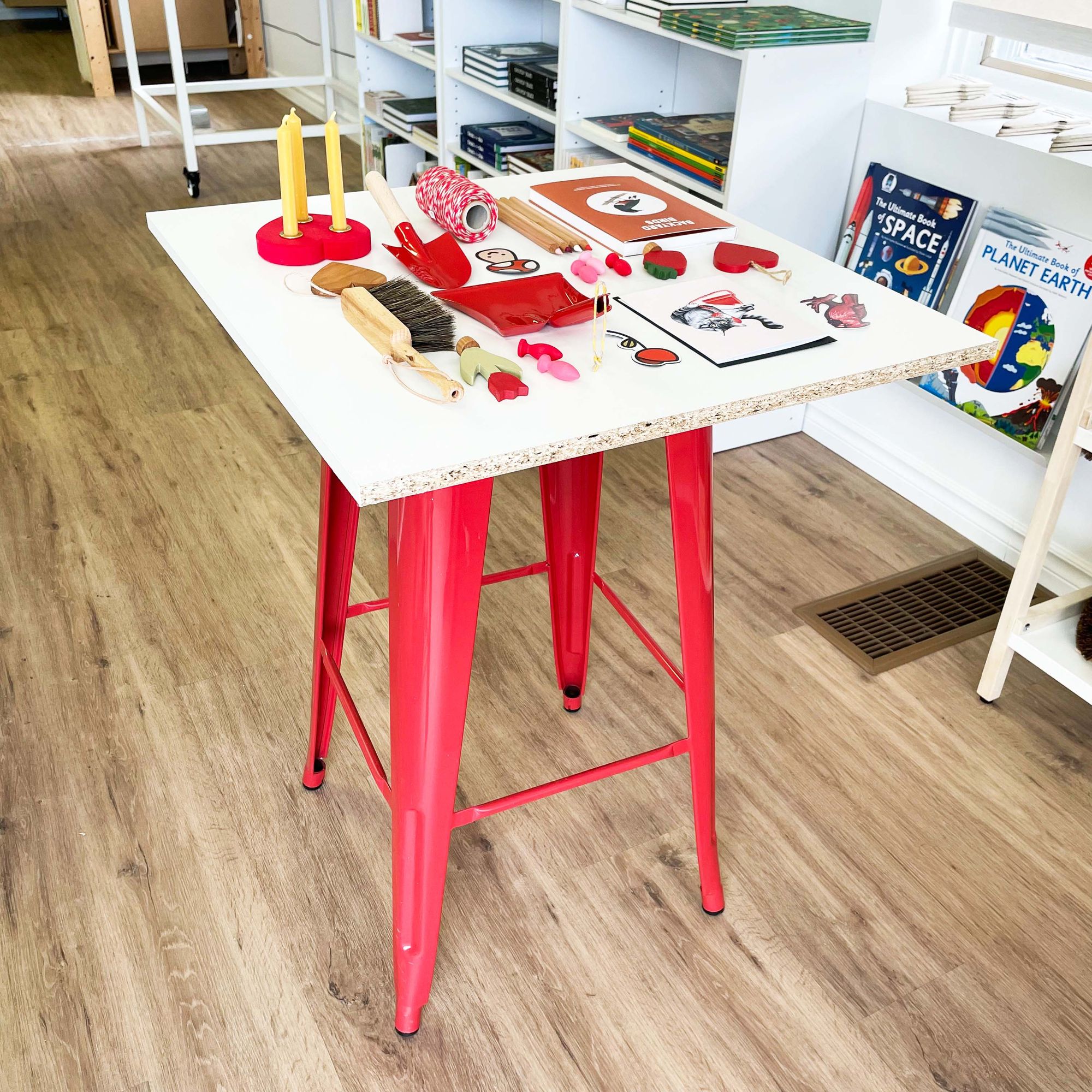
W: What do you do about light?
TT: Lighting has been a struggle and a learning curve. I only take photos on days that are super sunny. I have a big sheer curtain that I put over the entire window. There's a corner of our building where there's a big wall of windows and another one at the side, so I try to set up my stuff right in that corner.
Because I have two light sources, there's no harsh shadows, especially when I have the sheers over the windows. That's super important. If you do it too close to the window, you get really harsh shadows on one side. And then when I edit it, it's too cool looking — unless that's the look you're going for. But for me, I find it draws away from the products themselves, so I try to use bright, diffused light that's not direct.
I've tried using artificial light, but I find it super expensive. The natural lighting is the best.
W: What about editing software?
TT: I use the Adobe Lightroom app. Initially, I was just editing with the app that comes with the iPhone, but I found it limiting. The only thing I still use that for is to correct the angle of the photos. There's a few things that you can pay for if you want, but I use the free version. Lightroom is the best one that I've found so far.
W: How long do you think it takes you to do a flatlay from start to finish?
TT: It depends. If I'm feeling really into it and inspired, I can do four or five in under an hour. But if I'm struggling and I don't like what I'm doing — it looks funny when I'm editing or the lighting wasn't great — I'll just forget it and try another day. You can kind of tell when it looks forced.
I'll try and do a bunch in one day, especially if the lighting is really great. I might spend two hours and try and get a week's worth of content. Sometimes it doesn't take that long. The shooting itself doesn't take that long. It's figuring out what I want to put in the photos and how I want it laid out. Sometimes it comes to me really fast, and other times it's a bit of a struggle.
W: You said that you feel like your photos have gotten a lot better over the years. What are some of the factors?
TT: Back in the day, it was a lot easier for people to see your stuff because it was more photos on Instagram. So I learned over time what did and didn't work based on how many people liked or reacted to a photo. I also started following photography accounts, ones that went into more of the behind-the-scenes like how they set up. I found that was pretty helpful.
Thanks to Tiu for taking the time to speak with us! You can follow her on Instagram @kinsfolkshop.

